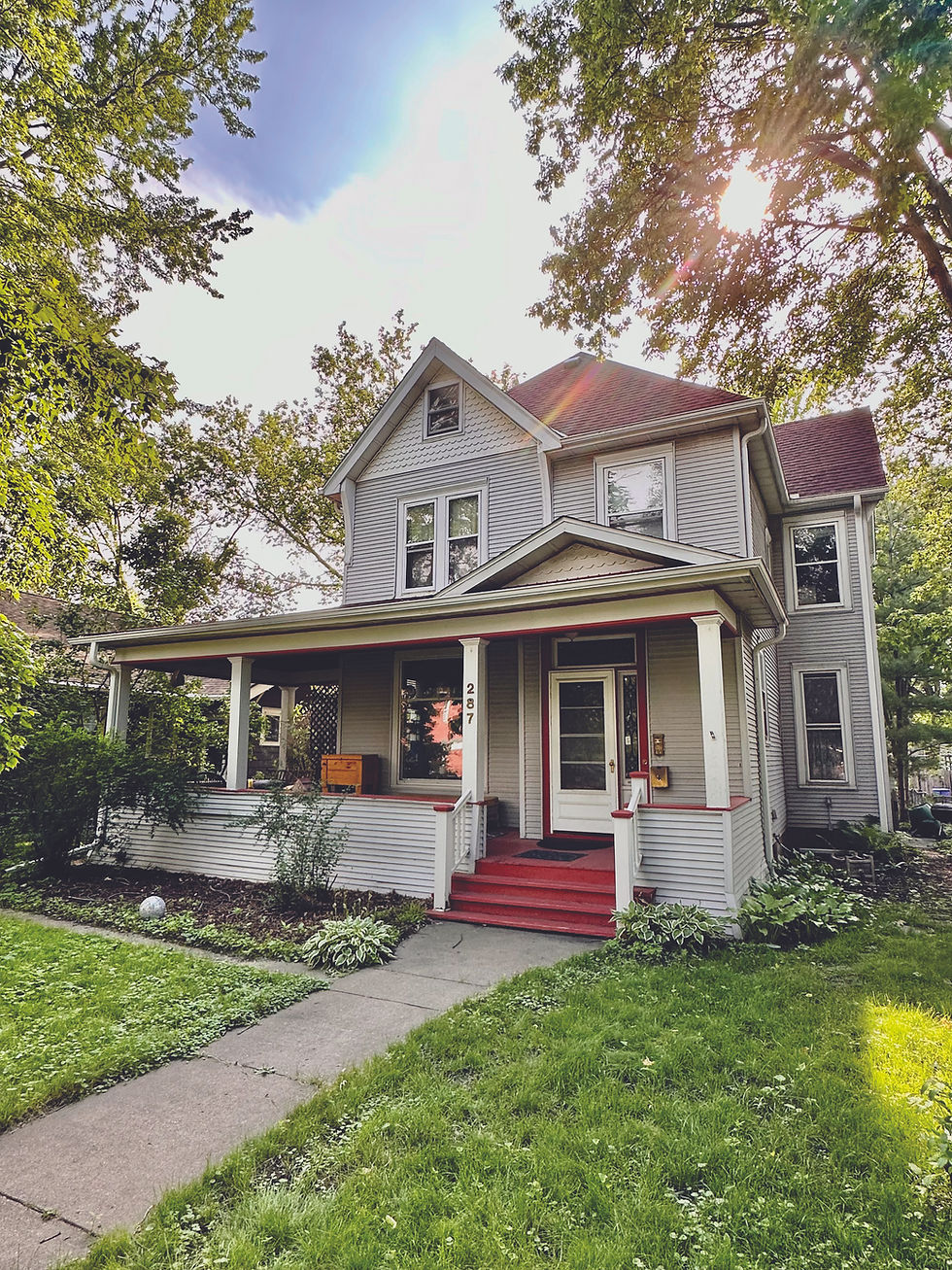
I love my old house built in 1893. Should I register it as a historic landmark?
If you’re considering registering a historic property, you’re probably a little confused about local, state, and national historic registers. In Minnesota, places are listed in the state register only through legislative action, so we’ll focus specifically on the national and local registers. Each has its own set of advantages and protections, but in a general sense the following can help you distinguish them:

The National Register Identifies. Local Registers Protect.
Before we dig in further to help you decide which approach is right for your beloved home, I want to remind folks that historic homes are not always as old as yours. According to the Secretary of the Interior, a home need only be 50 years old to be considered historic. That means 1974 and earlier. Additionally, that 50-year mark is merely a guide. There are buildings from the 1980s that are on the National Register because they are very important. So do you own a lovely 1970s Mansard-roofed wonder? This column might apply to you, too!
National Register of Historic Places
The National Register of Historic Places is a federal program managed by the U.S. Department of the Interior through the National Park Service. This register is the “official list of places worth preserving.” It’s a bit like the Hall of Fame for historic properties across the country.
What does the National Register do?
Significance:
It recognizes buildings, structures, sites, and districts that hold historical, architectural, or archaeological importance at local, state, or national levels. It’s about celebrating the places that have shaped America’s story, locally and broadly. Historic places are often identified through a process called a Historic Resource Survey.
Criteria and Procedures:
Properties are added based on national criteria and documented history, ensuring each listing has significance beyond just local affection and nostalgia.
Boundaries:
Individual properties can be designated, or a historic district can be created. Historic district boundaries are set to encompass common characteristics, including development patterns, types of resources, or architectural character. Most neighborhood homes with historic status are listed as part of a district, rather than individually. It’s a classic “the whole is greater than the sum of its parts” situation.

How does the National Register protect?
Federal Projects:
It offers limited protection from impacts of federally assisted projects. However, it doesn’t restrict how you use your property or require you to follow preservation standards unless you’re taking advantage of specific incentives like tax credits.
Demolition:
Being listed on the National Register doesn’t prevent the demolition of your home, but it can delay it to explore preservation alternatives.
Incentives
Tax Credits:
If you happen to rent out your National Register-listed home and it needs a lot of work, you might qualify for federal and state tax credits if you rehabilitate it in a way that meets established guidelines. Together these credits can significantly reduce the cost of preserving your historic home. Tax credits get complicated, though, so talk to your accountant first.
Grants:
There’s also the potential for federal and state grants aimed at preservation, although those vary greatly. Usually, private owners don’t qualify for public grants.
How does the Local Register protect?
Design Controls:
It protects the historical character of your property or district through specific design guidelines. Changes to the appearance of properties need approval from the local historic preservation commission.
Demolition Review:
The local register can review and even delay demolitions to explore preservation options.
Incentives
Local Tax Credits and Grants:
Unlike the National Register, properties on the local register usually don’t qualify for federal or state preservation grants or tax incentives unless local laws provide them. There are some communities that have grant programs for historic districts or individually designated properties, check with your local City Hall.
So, which one should you choose for your home?
It all boils down to what you want to achieve with your historic home.
National Register:
If you’re looking to highlight the broader historical significance of your home and want access to federal and state tax credits and grants, then the National Register is a great choice. It’s perfect if your home’s story is a part of America’s larger tapestry. Talk to your neighbors and see if they share your interests, and then start exploring how to create a historic district.
Local Register:
If your main goal is to maintain the historic charm of your home and ensure any changes are in line with the community’s character, then the Local Register might be the way to go. This option is ideal if you’re more focused on preserving the aesthetic and historic integrity within your local area. Depending on your city’s ordinance, you might be more likely to get an individual house listed as opposed to bringing some of your neighbors along with you for a historic district ride.
In any case, both registers offer valuable recognition and protection. The best choice depends on your specific needs and preservation goals. Chatting with your local historic preservation commission can provide additional insights and help you decide how to honor your historic gem.
You may now be wondering if there are other paths to protect your lovely old home. Well, do stay tuned. We just had a question come in on that. Has anyone heard of Preservation Easements?

Comentarios